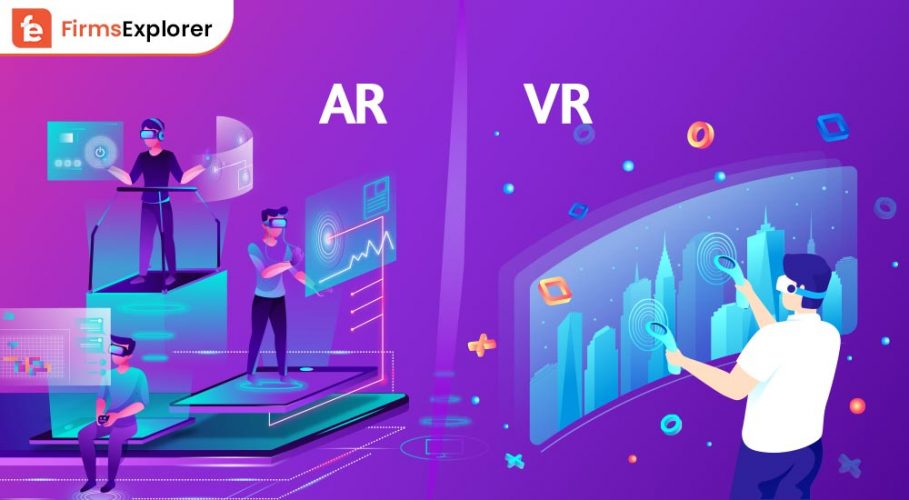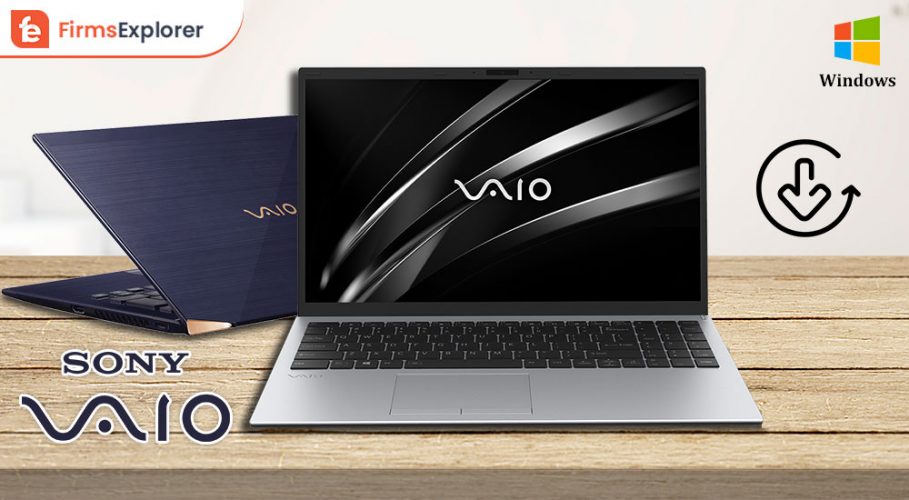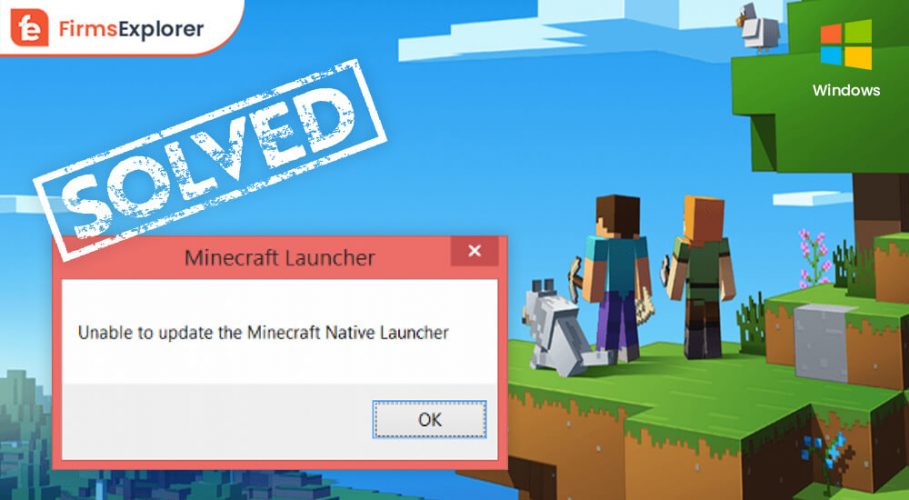
We look at screens a lot these days. Computers, smartphones, and televisions are now a large part of our daily life; we use them to access social media, watch movies, and do a lot more. Emerging technologies like augmented reality (AR) and virtual reality (VR) are altering the way we interact with displays. For some people, they could even seem similar and perplexing. This is so because VR and AR technologies have many things in common. The differences between AR and VR, however, are substantial.
To experience the virtual world, you can simply put on a VR headgear to escape reality and explore the virtual world. Augmented reality, on the contrary, is a little unique. Rather than immersing you in a virtual environment, it utilizes a smartphone or clear visor to enforce digital visuals on the scenarios of the actual world. Both AR and VR technologies have terrific potential for industries such as artificial intelligence, gaming, education, healthcare, e-commerce, marketing, and much more.
Given the similarities, it can be tricky to understand which one of the two to use for various purposes. This article will help you comprehend the differences between Augmented Reality and Virtual Reality, along with their benefits and challenges. Thus, you will be able to make the right decision after reading the write-up. So, without any delay, let’s break down virtual reality and augmented reality!
Both augmented reality and virtual reality are nothing but simulations of real-world surroundings to either improve or totally replace them.
AR Typically improves your real-world environment by providing you with digital features to a live view simply by using a smart device’s camera.
VR Produces completely immersive experiences that supersede a virtual environment for the actual world. While using augmented reality, you can create a virtual environment where you stay in the real world in order to offer people more information about their surroundings so that they are free from the task of searching for it. For instance, some AR applications may deliver troubleshooting information if your phone is pointed at a piece of malfunctioning equipment.
Virtual reality is a holistic environmental simulation that can entirely replace your real surroundings with a virtual one. Though the virtual scenario created by VR technology is completely artificial, it can leave users with an impact that is larger than life. To take an example, we can say that it is now possible for a person to fight with a cartoon version of Mike Tyson in a virtual boxing ring.
While both augmented reality and virtual reality are intended to provide the user with a simulated environment, each idea is distinct and has a variety of applications. Due to its capacity to produce informational overlays that add practical, real-world scenarios, augmented reality is rapidly being used by businesses in addition to entertainment scenarios.
Though they are in their early stages of development, both technologies have huge potential. Thus in terms of market adoption, the difference between AR and VR is interesting. So, let’s have a look at the broad areas of contrast between them.
While VR seeks to replace reality completely, AR tries to add the virtual by superimposing digital information on top of what the user is already experiencing. This is a key difference between AR and VR technologies.
VR allows for partial immersion, which keeps the user partially connected to reality. Real complete immersion is challenging since it is impossible to simulate all of the human sensations and movements.
Because VR leans more toward absolute immersion, systems isolate the user from the outside world by, for example, obstructing their eyesight or field of view in order to display VR material. However, since there are more than five senses to consider, that is merely the beginning of immersion.
This year, VR was expected to generate $150 billion in revenue, compared to AR’s $30 billion. This may not provide a solution to the question of what separates AR from VR, but it does demonstrate that the two are growing at distinct rates.
An app, client, or web browser can retrieve an interactive sequence of audio, 2d animations, videos, and URLs that are created by VRML experiences in order to imitate virtual environments. When using AR, the platform recognizes markers (often a barcode) or the user’s location, which causes the AR animations to start playing. Then, the markers or user locations that the AR app has recognized will receive animations.
According to market research, VR 360-degree films require a bandwidth of 400 Mbps or higher to stream, which is 100 times the speed of current HD video services. For a VR headset to support 4K resolution quality, at least 500 Mbps would be required. Low resolution 360° VR requires a minimum feed speed of 25 Mbps.
AR applications require a minimum of 100 Mbps and a minimum delay of 1 ms. Although higher quality mobile 360 degrees cannot match the dynamic range and resolution of a 360-degree camera, they do require at least 25 Mbps for low-resolution 360-degree video. With improvements in mobile display technology, the bitrate rises. HD TV level resolution for VR calls for 80–100 Mbps.
For virtual reality, you need 600 Mbps for 360-degree videos. In contrast, AR needs gigabytes to stream an entirely immersive 360-degree retina quality video. Therefore, the bandwidth difference between AR and VR exists, and augmented reality requires more bandwidth.
AR can be used readily in 2D and 3D environments in smartphones. In this scenario, digital objects are superimposed over a physical environment in a smartphone. Without a headset, the only way to browse 3D content in VR on a smartphone is in 2D, which has no immersive effect. So, using a VR headset is the only way to explore it. Thus, mobile devices like phones and tablets don’t use VR as much as PCs do.
Applications for mobiles, PCs and other hardware are frequently used in AR and VR. However, creating AR apps differs from creating VR apps. The platforms are comparable in situations where you would need to generate 3D content. Otherwise, you would still need various software development kits for AR and VR apps if you needed to develop AR vs. VR on the same platform.
This is so that you can give the app the capacity to recognize and record in-app user environments using the AR SDK. Following this discovery, they superimposed pre-loaded 3D material over the environments that were filmed. The final step is to create the final view and, in the case of mixed reality, to enable navigation and user interaction. With the help of devices like controllers, users can browse pre-loaded or cloud-stored sceneries using apps that employ VR SDK. Vuforia, ARCore, ARKit, ARToolKit, Wikitude, and Spark AR Studio are platforms for creating AR apps.
Amazon Sumerian, HoloLens Sphere, Smart Reality, DAQRI Worksense, and ZapWorks are more options. Blippbuilder, HP Reveal, Spark AR Studio, Augmentin, and Easy AR are some further options. With the exception of a handful, such as ARKit and ARCore, most of these merge VR and AR developments. Some VR app development kits are only intended for creating VR applications.
| Augmented Reality | Virtual Reality |
| Overlaying 3D digital data on the physical environment to enhance it. | 3D virtual environment replaces the real-world scenario. |
| The system calls for pre-defined material to overlay after detecting markers and user locations. | With the help of VRML, sounds, animations, videos, and URLs from |
| AR content is created and superimposed on user or marker locations. | There is no requirement for markers or user location detection to offer 3D data |
| Higher bandwidth required | Lower bandwidth required |
| Best suited when the application has to record the user’s environments. | Ideal when the application has to provide complete immersion |
The primary difference between AR and VR technologies is that AR focuses on superimposing digital content—like 3D animation and holograms —and data—like travel and exercise statistics—on top of or over actual user settings. The user may or may not be able to engage with and manage the mixed reality settings that are created.
Whereas, when it comes to virtual reality (VR), the real environments are replaced by computer-generated ones that the user is immersed in and may control and influence. In PC games, education, the healthcare sector, employee training, and other applications, AR and VR are employed equally. Hence, unlike AR apps, VR apps mostly do not need to replicate real-world user surroundings. However, if the headsets contain user or room tracking, VR systems can offer real-time traversal of real-world surroundings.

February 1, 2022

January 10, 2022

January 20, 2022
Deprecated: File Theme without comments.php is deprecated since version 3.0.0 with no alternative available. Please include a comments.php template in your theme. in /home/firmsexplorer/public_html/wp-includes/functions.php on line 5613